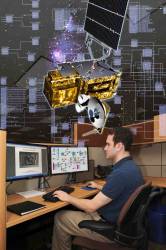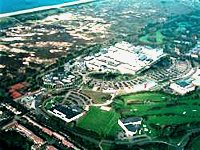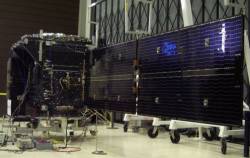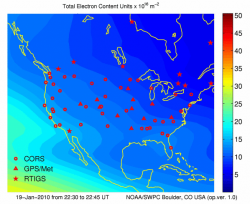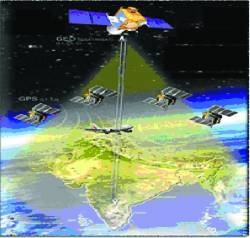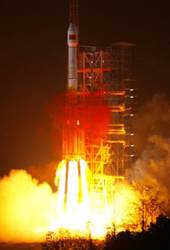GLONASS Gets Its Groove Back — 19 Satellites on the Air
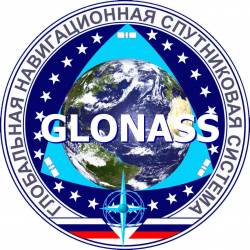
[UPDATED Feb. 8, 2010] The Russian GNSS system, GLONASS, has brought its contingent of transmitting satellites back up to 19, as spacecraft launched in December and others off-line for maintenance have returned to healthy status.
Meanwhile, Voice of Russia, the Russian government’s international radio broadcasting service, has reported that a monitoring station is being established at the Russian Antarctic outpost of Bellingshausen to track GLONASS satellites. The orbital planes in the constellation are oriented so that GLONASS spacecraft pass over higher latitudes in the northern and southern hemispheres than do the other GNSS systems.
By Inside GNSS


